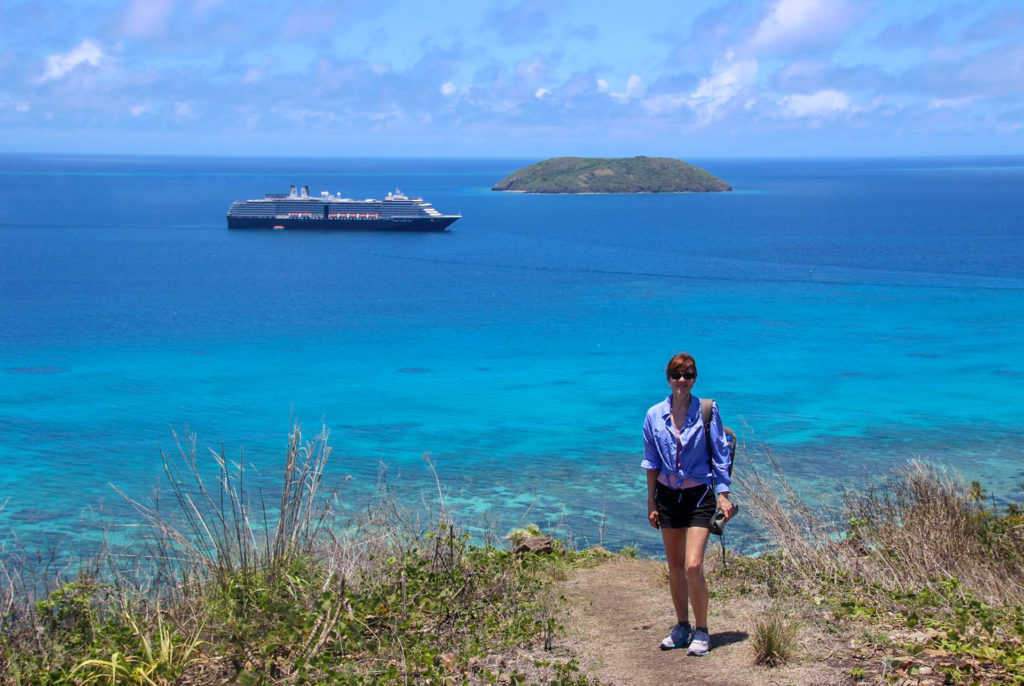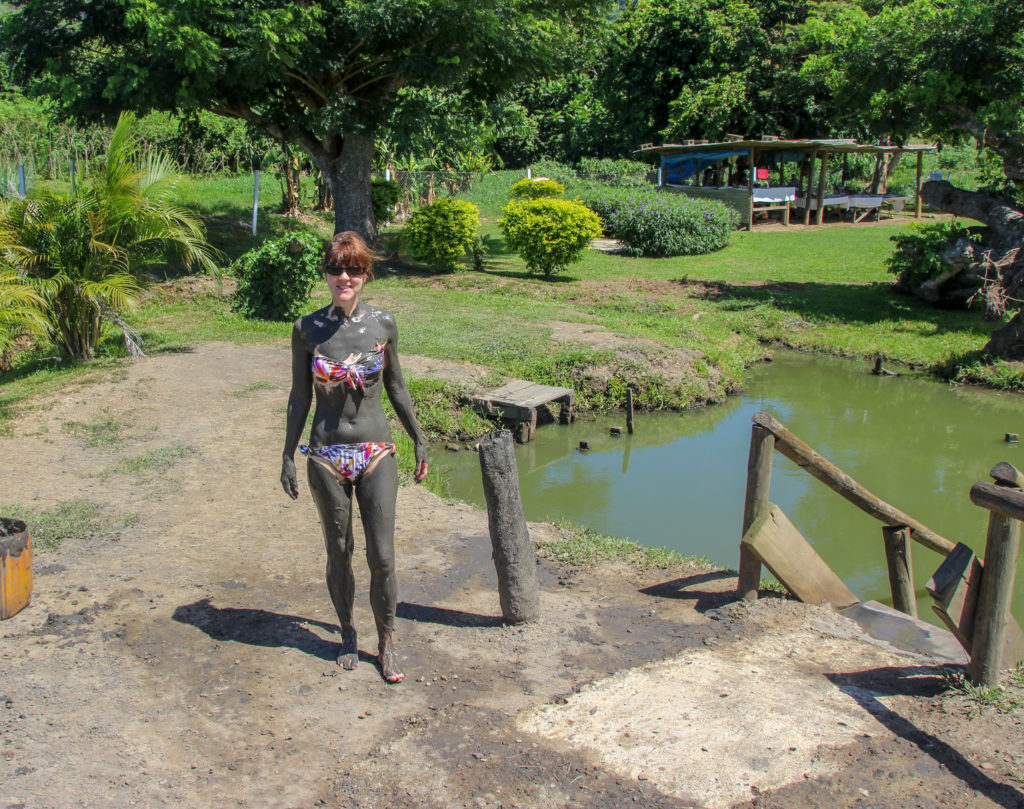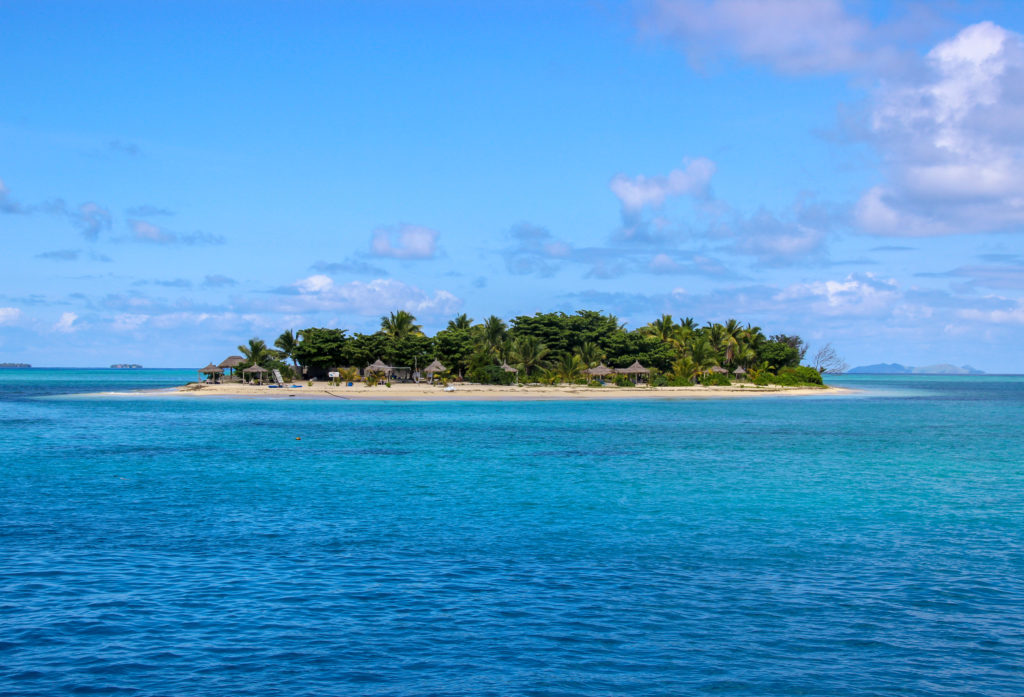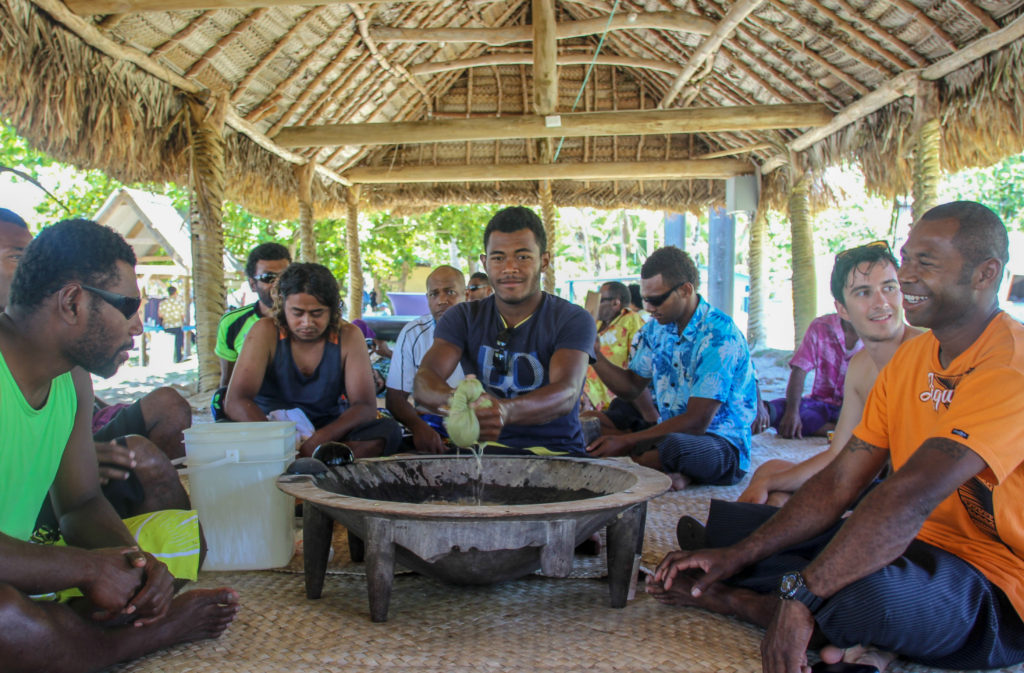
About Fiji
As an island country in the South Pacific, Fiji, is in Melanesia and part of Oceania. Also, Fiji is an archipelago, consisting of more than 330 island with about a third of them being inhabited. A majority of the population lives on the 2 islands, Viti Levu and Vanua Levu. The capital city, Suva, is in Vanua Levu. Volcanic activity 150 million years ago created most of the islands. Geothermal activity still happens on the islands of Vanua Levu and Taveuni. The islands are mountainous, with peaks up to 1,324 meters (4,341 ft) and covered with lush tropical forests. The islands lie in two ecoregions with Fiji tropical moist forests and Fiji tropical dry forests. The climate in Fiji is tropical marine and warm year-round. The warm season goes from November to April, and cooler season is from May to October. The currency is the Fijian Dollar. Below are Fiji Travel Guides from my travels.
Along with indigenous Fijian culture, the Fijian society integrated other cultures, such as Indian and Chinese as well as significant influences from Tonga and Samoa. Fiji gained independence from the British in 1970. Overall, the various cultures of Fiji designed a unique multicultural national identity. Therefore, Fiji has 3 official languages: Fijian, English and Fiji Hindi. Fiji’s tourism largely takes place in regions, such as, Nadi, the Coral Coast, Denarau Island, and Mamanuca Islands. With its soft coral reefs, Fiji is a hotspot for scuba diving and snorkeling. Also, its white sandy beaches and tropical setting attracts many tourists for relaxing getaways and rejuvenation. An iconic cultural activity to experience in Fiji is the Kava Culture or Ceremony explained below.
Fiji Travel Guides
Fiji’s Tifajek Mud Baths for a Rejuvenating Spa Day
An authentic way to immerse yourself in the Fijian culture is through the popular Tifajek or Sabeto Mud Pool and Hot Springs. It offers…
An Exotic Tivua Island, Fiji Getaway – Snorkeling, Swimming & Relaxing
This tiny, pristine island is a serene escape in the South Pacific, with pure white sand and colorful coral reefs. I rejuvenated from a…
Fascinating Fiji Kava Ceremony on Dravuni Island
Doing a Fiji Kava Ceremony should be on everyone’s Bucket List. I got the opportunity when visiting the exotic Dravuni Island. Kava is an…



